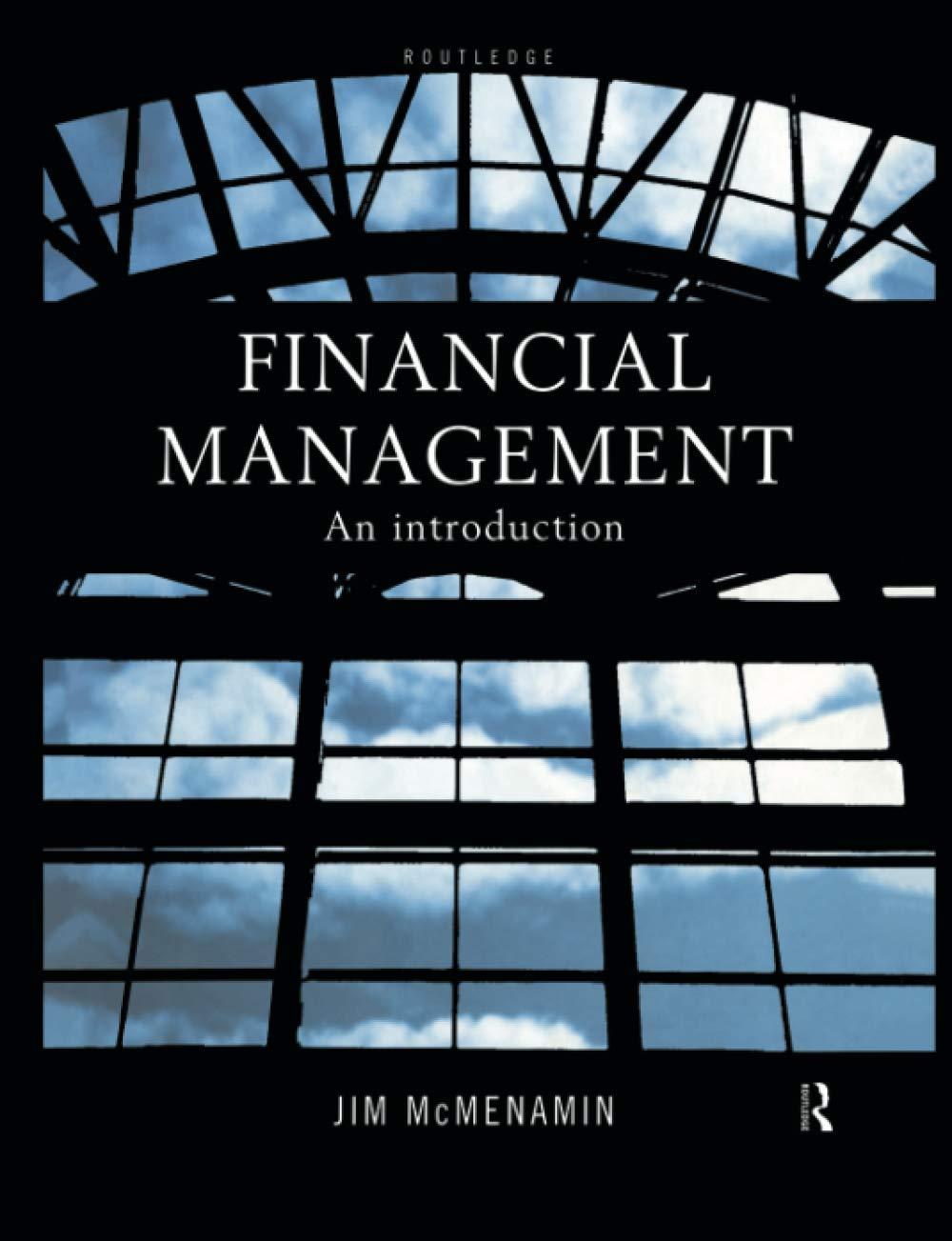Question
Part A For the following use the company Williams-Sonoma (WSM) 1. Assume that the company's sales are expected to grow 5% per year for the
Part A
For the following use the company Williams-Sonoma (WSM)
1. Assume that the company's sales are expected to grow 5% per year for the next 5 years. EBIT margin per year will remain constant for the next 5 years. The tax rate is 21%. Depreciation per year will remain constant for the next 5 years. Capital spending per year will remain constant for the next 5 years. Changes in non-cash working capital as a percent of sales will be 2%. Estimate the stock's intrinsic value. Show your detailed computations. Briefly explain your inputs and logic.
2. Determine a Price Target 1 year from now and 5 years from now using Relative Value Ratios. Show your computations. Briefly explain your inputs and logic.
3. Recommend an option hedging strategy based on your 1 year price target. Assume you own 10000 shares of the stock at the current market price. Select either a covered call strategy or a protective put strategy. Calculate the expected outcome in 1 year assuming the stock attains your 1 year price target.
4. Recommend a Bull Call Spread or Bear Call Spread. Assume that you expect the stock to achieve your 1 year price target. Calculate the expected outcome in 1 year assuming the stock attains your 1 year price target. Use 1000 contracts for your option quantities.
Part B.
For the following, assume a college aged student--long time horizon and a medium-high risk tolerance
You want to retire in 40 years and realize that you must start planning now. You decide that it is time to conduct an analysis about YOU. Answer the following questions based on what you have learned. Think critically and intellectually challenge yourself. Demonstrate your investment knowledge.
1. What approach and strategy will you use to save?
2. What is your specific suitability profile?
3. What is your investment plan for retirement? Include your detailed portfolio selections with analysis. Also include expected asset allocations and expected returns throughout your life.
4. What is your expected average annual return throughout your life for each allocation?
Step by Step Solution
There are 3 Steps involved in it
Step: 1

Get Instant Access to Expert-Tailored Solutions
See step-by-step solutions with expert insights and AI powered tools for academic success
Step: 2

Step: 3

Ace Your Homework with AI
Get the answers you need in no time with our AI-driven, step-by-step assistance
Get Started


